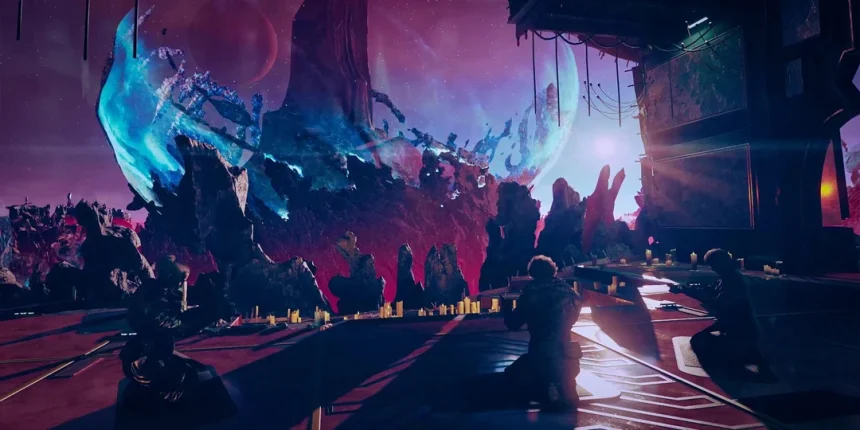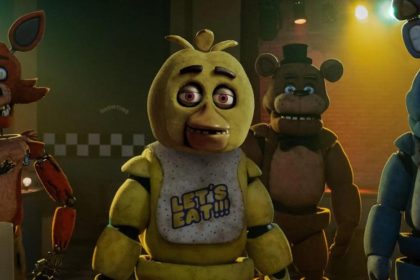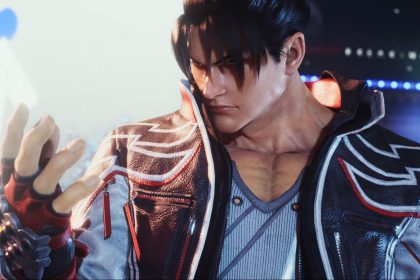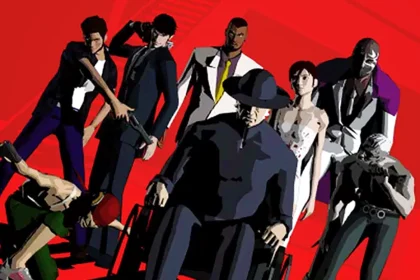Starfield: Shattered Space has been received as a modest but positive addition to Bethesda’s space RPG, though it might not fully meet the expectations of long-time fans. Despite the anticipation surrounding the expansion, it falls short of being a comprehensive overhaul of the original game.
Bethesda Game Studios maintains that Starfield is among their best works, leading some to wonder if it can evolve closer to the quality and depth found in their flagship franchises like Fallout and The Elder Scrolls. This raises the question of what implications Shattered Space might have for the future of The Elder Scrolls 6.
With a potential release of The Elder Scrolls 6 not expected until late 2026, it’s still too early to draw firm conclusions about its development. Bethesda is currently focused on refining Starfield, emphasizing the need for polish and additional features while the modding community enhances the experience.
The continued attention on Starfield suggests that any developments or shifts in design philosophy for the upcoming Elder Scrolls title may take some time to manifest. However, early elements from Shattered Space—which echo more traditional aspects of RPG design—might provide clues for the future direction of the franchise.
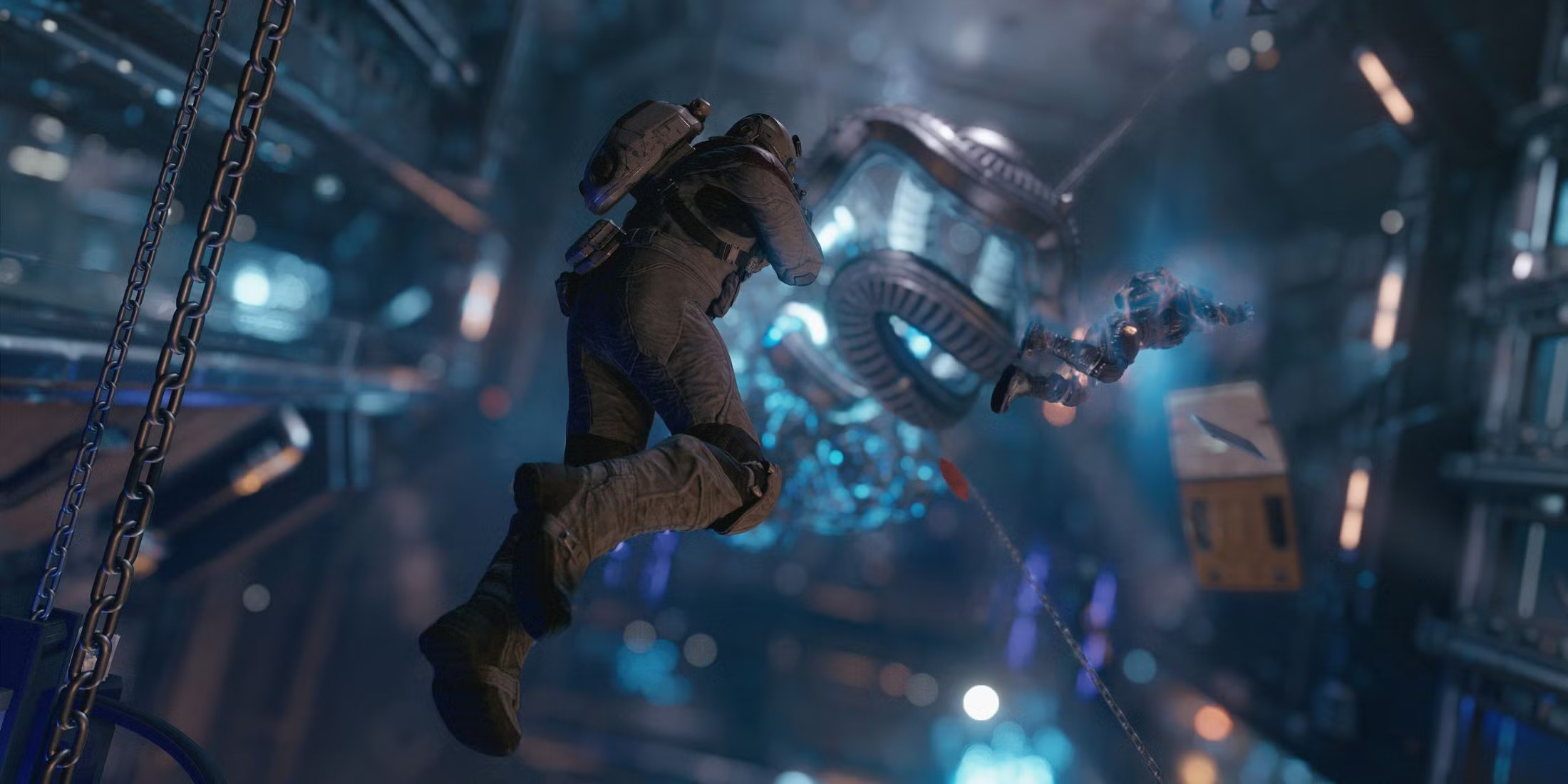
The review for Starfield reflects a mixed reception, with some players, including the reviewer, finding enjoyment in its initial offering, despite its evident flaws. The Creation Engine’s limitations have become apparent, but there’s an appreciation for Bethesda’s fresh take on space exploration, which contrasts with their previous fantasy settings.
However, the game struggles to fully integrate its more procedural elements, similar to those seen in No Man’s Sky, with its crafted content. The feeling persists that the game would have benefitted from a tighter focus on fewer, more densely populated locations to enhance narrative engagement.
In Shattered Space, the narrative shifts to focus on the House Va’ruun and its world, Va’ruun’kai, where players encounter a mix of improved environments and a sense that some content feels like it was previously cut from the main game.
This expansion is not designed to address the shortcomings identified by players but serves as a reminder of the franchise’s strengths found in past titles like Fallout 4 and previous Elder Scrolls games. It highlights the importance of storytelling and unique character encounters over the more generic procedural elements that have dominated the game’s design.
The challenges faced by Shattered Space may offer lessons for The Elder Scrolls 6. While Bethesda’s willingness to experiment is commendable, balancing innovation with the expectations of a dedicated fanbase is crucial.
The success of The Elder Scrolls 6 will rely not only on the strength of its brand but also on its ability to deliver compelling narratives and immersive worlds that resonate with players.
There is potential for the next installment to capitalize on the lessons learned from both the triumphs and shortcomings of previous titles, creating a rich, engaging experience that honors the legacy of the Elder Scrolls series while incorporating modern advancements in game design.

